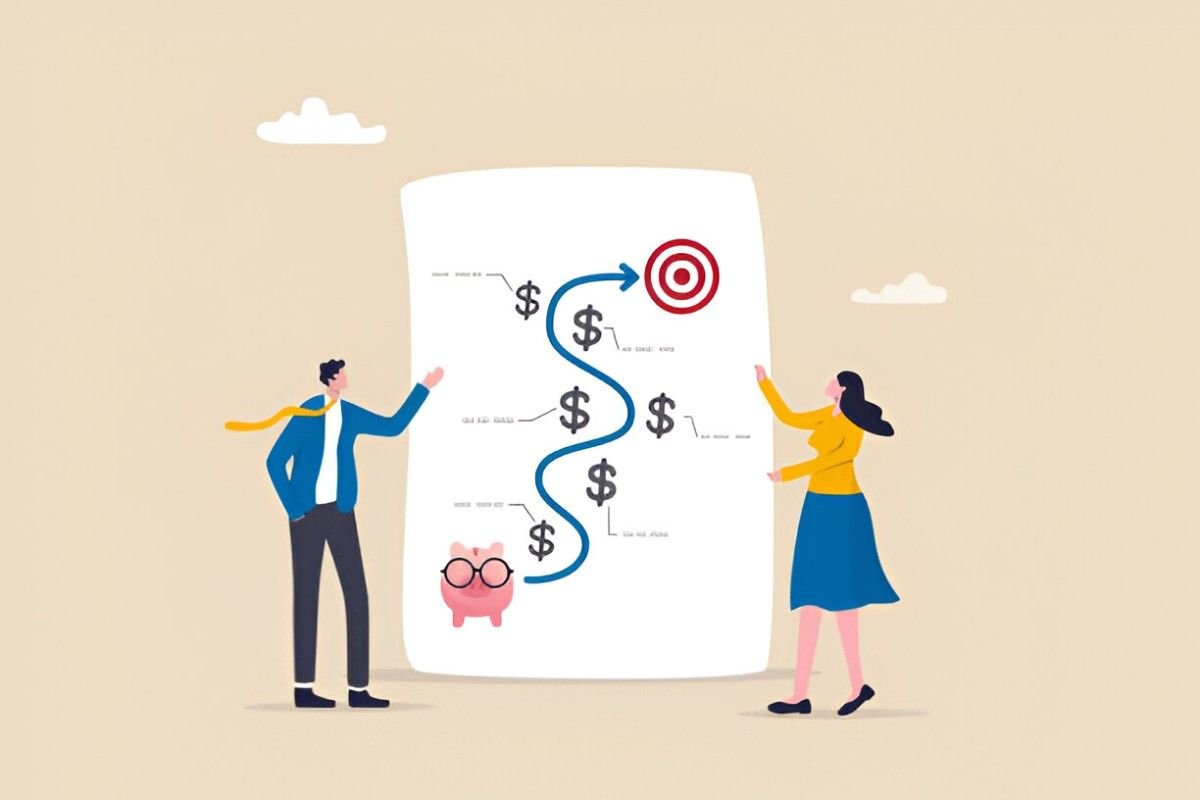Introduction
Managing money is more than just budgeting and saving. Personal financial planning involves a structured approach to setting financial goals, managing income, investing wisely, and preparing for uncertainties. In this comprehensive guide, I will walk through every aspect of personal finance, breaking down complex concepts into actionable steps.
Table of Contents
Understanding Personal Financial Planning
Personal financial planning is the process of managing one’s financial resources to achieve financial goals and security. This process requires evaluating income, expenses, assets, and liabilities to make informed decisions.
Key Components of Financial Planning
- Income Management
- Expense Control
- Savings and Investments
- Debt Management
- Risk Management and Insurance
- Retirement Planning
- Estate Planning
Income Management
Income is the foundation of personal finance. It includes wages, business revenue, rental income, dividends, and other earnings. The first step in financial planning is understanding how much money flows in and out.
The 50/30/20 Rule
A simple budgeting rule divides income into three categories:
| Category | Percentage | Description |
|---|---|---|
| Needs | 50% | Essential expenses like rent, utilities, food |
| Wants | 30% | Discretionary expenses like dining, entertainment |
| Savings & Debt | 20% | Retirement contributions, emergency funds, debt payments |
Expense Control
Keeping expenses in check ensures financial stability. Categorizing spending into fixed and variable costs helps in tracking financial habits.
Fixed vs. Variable Expenses
| Type | Description | Examples |
|---|---|---|
| Fixed | Remains constant each month | Rent, mortgage, insurance |
| Variable | Fluctuates monthly | Groceries, entertainment, gas |
Savings and Investments
Savings act as a financial cushion, while investments help grow wealth over time. The goal is to strike a balance between liquidity and returns.
Emergency Fund Calculation
Financial experts recommend having an emergency fund covering three to six months of expenses. If monthly expenses amount to $3,000, the emergency fund should be:
Emergency Fund = 3 \times 3,000 = 9,000 (minimum) Emergency Fund = 6 \times 3,000 = 18,000 (maximum)
Types of Investments
| Investment Type | Risk Level | Potential Return |
|---|---|---|
| Savings Account | Low | 1-2% |
| Bonds | Low-Medium | 3-5% |
| Stocks | High | 7-10% |
| Mutual Funds | Medium | 5-8% |
| Real Estate | Medium-High | 6-12% |
Debt Management
Debt can either be a financial tool or a burden, depending on how it is managed. Understanding the difference between good and bad debt helps in making smarter financial decisions.
Good Debt vs. Bad Debt
| Debt Type | Example | Impact on Finances |
|---|---|---|
| Good Debt | Mortgage, Student Loan | Builds assets, increases earning potential |
| Bad Debt | Credit Card Debt, Payday Loans | High interest, does not generate value |
To manage debt effectively, the Debt-to-Income (DTI) ratio is an important measure. A DTI ratio below 36% is ideal.
DTI \ Ratio = \frac{Total \ Monthly \ Debt}{Gross \ Monthly \ Income} \times 100If a person earns $5,000 per month and has $1,500 in debt payments, their DTI is:
\frac{1,500}{5,000} \times 100 = 30%Risk Management and Insurance
Unexpected events can derail financial plans. Insurance mitigates financial losses in case of illness, accidents, or property damage.
Essential Insurance Types
| Insurance Type | Purpose |
|---|---|
| Health Insurance | Covers medical expenses |
| Life Insurance | Provides financial security for dependents |
| Auto Insurance | Covers vehicle-related damages |
| Home Insurance | Protects against property damage |
| Disability Insurance | Provides income in case of disability |
Retirement Planning
Planning for retirement early ensures financial independence. The primary retirement accounts in the U.S. include 401(k)s and IRAs.
401(k) vs. IRA
| Feature | 401(k) | IRA |
|---|---|---|
| Employer-Sponsored | Yes | No |
| Contribution Limit | $22,500 (2023) | $6,500 (2023) |
| Tax Benefits | Pre-tax contributions | Pre-tax (Traditional) or Post-tax (Roth) |
| Early Withdrawal Penalty | Yes | Yes |
Estate Planning
Estate planning ensures assets are distributed as per one’s wishes. Essential estate planning documents include wills, trusts, and power of attorney.
Steps in Estate Planning
- Create a will
- Assign beneficiaries
- Set up a trust (if needed)
- Designate power of attorney
- Plan for taxes and debts
Conclusion
Personal financial planning is not just about earning money but managing it wisely. By focusing on budgeting, investing, risk management, and future planning, anyone can achieve financial security and independence. Taking small steps today leads to long-term financial well-being. Prioritizing financial education and consistently applying smart financial habits ensure a stable and prosperous future.





